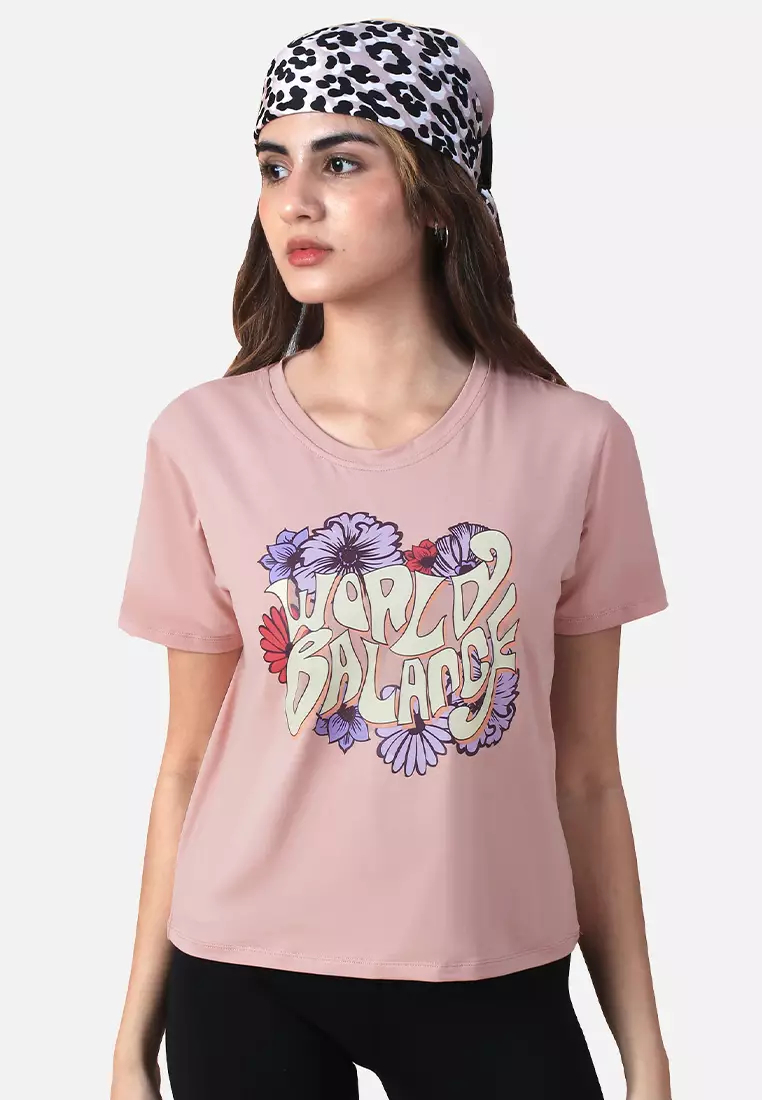The world of t-shirts is vast and diverse, offering a wide array of styles, designs, and cultural influences. In this article, we will delve into the captivating world of t-shirts, exploring their historical significance, the role of t-shirts in self-expression, the impact of global fashion trends, the rise of eco-friendly and sustainable t-shirt production, the cultural significance of t-shirt graphics, and the future of t-shirt fashion.
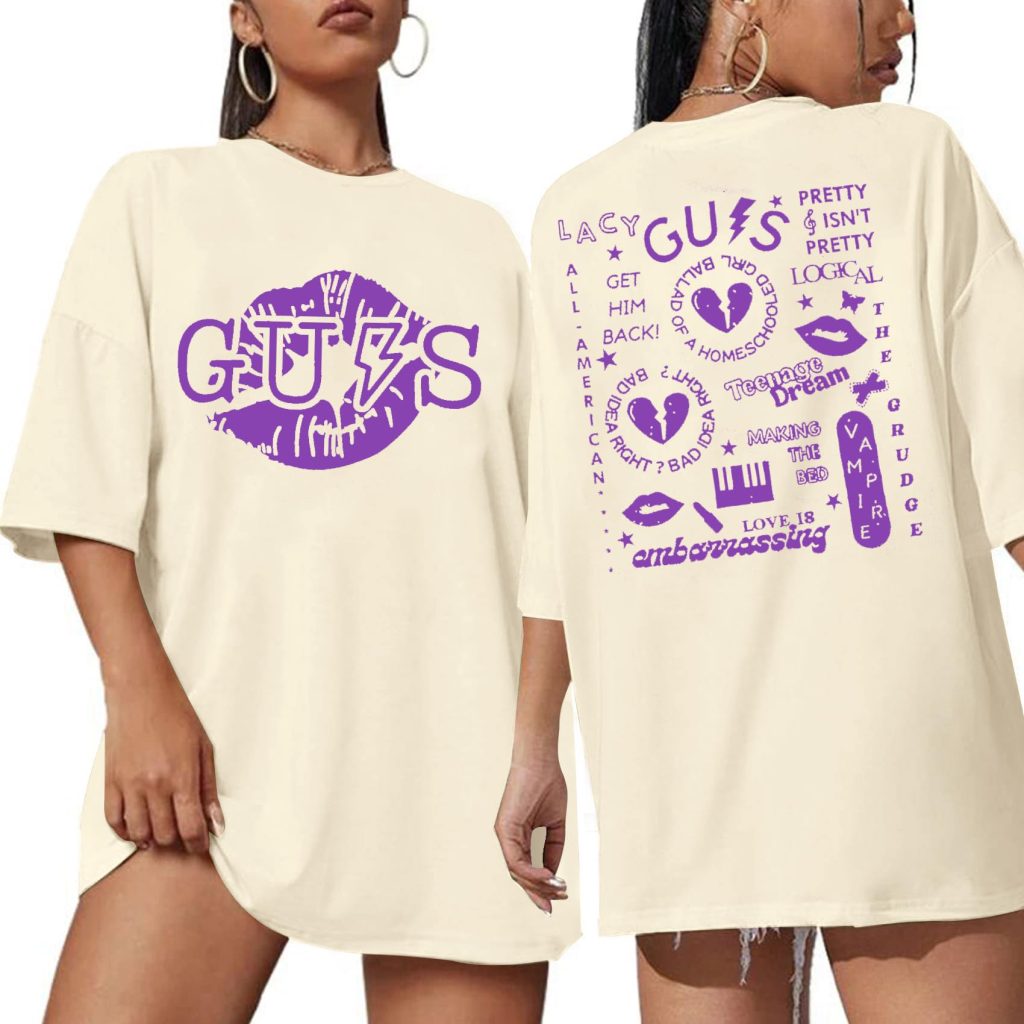
I. Historical Significance: From Undergarments to Fashion Staples
1.1 From Humble Beginnings:
The history of t-shirts dates back to the late 19th century when they were initially developed as undergarments for workers. Made from lightweight cotton fabric, these “bachelor shirts” provided comfort and ease of movement. However, it wasn’t until the early 20th century, with advancements in textile technology, that t-shirts started to gain popularity as outerwear.
1.2 A Fashion Revolution:
T-shirts gained widespread recognition as a fashion staple in the mid-20th century, thanks to cultural icons and breakthroughs in screen printing technology. From James Dean in “Rebel Without a Cause” to Marlon Brando in “A Streetcar Named Desire,” t-shirts became associated with rebellion and a new sense of casual cool. This revolution led to the t-shirt’s emergence as a powerful tool for self-expression and cultural identity.
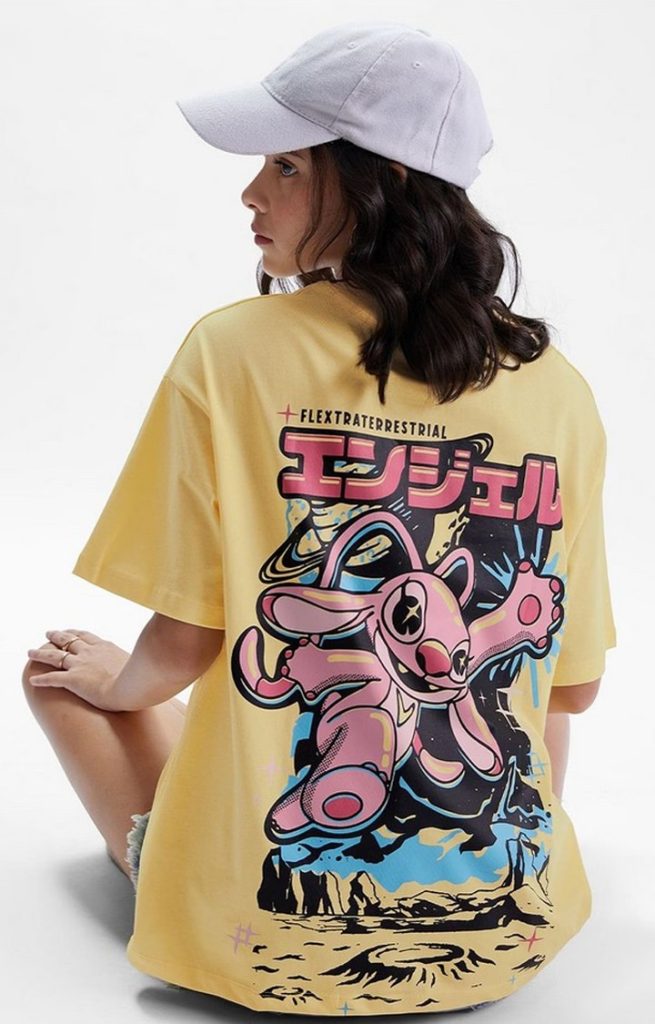
II. Self-Expression: Wearing Your Identity on Your Sleeve
2.1 Messages and Statements:
T-shirts have long been used as a platform for self-expression. From political slogans to witty phrases, t-shirts allow individuals to wear their beliefs, values, and opinions on their sleeves, literally. These messages can be a way to spark conversations, make a statement, or align oneself with a specific cause or movement.
2.2 Personalized Designs:
T-shirts also offer a canvas for personal creativity and individuality. Custom-designed, unique graphics and personalized prints provide wearers with an outlet for self-expression. Many people choose to create their own t-shirts featuring custom artwork, photographs, or slogans that reflect their personality and interests. Personalized t-shirts serve as wearable canvases, allowing individuals to showcase their creativity to the world.
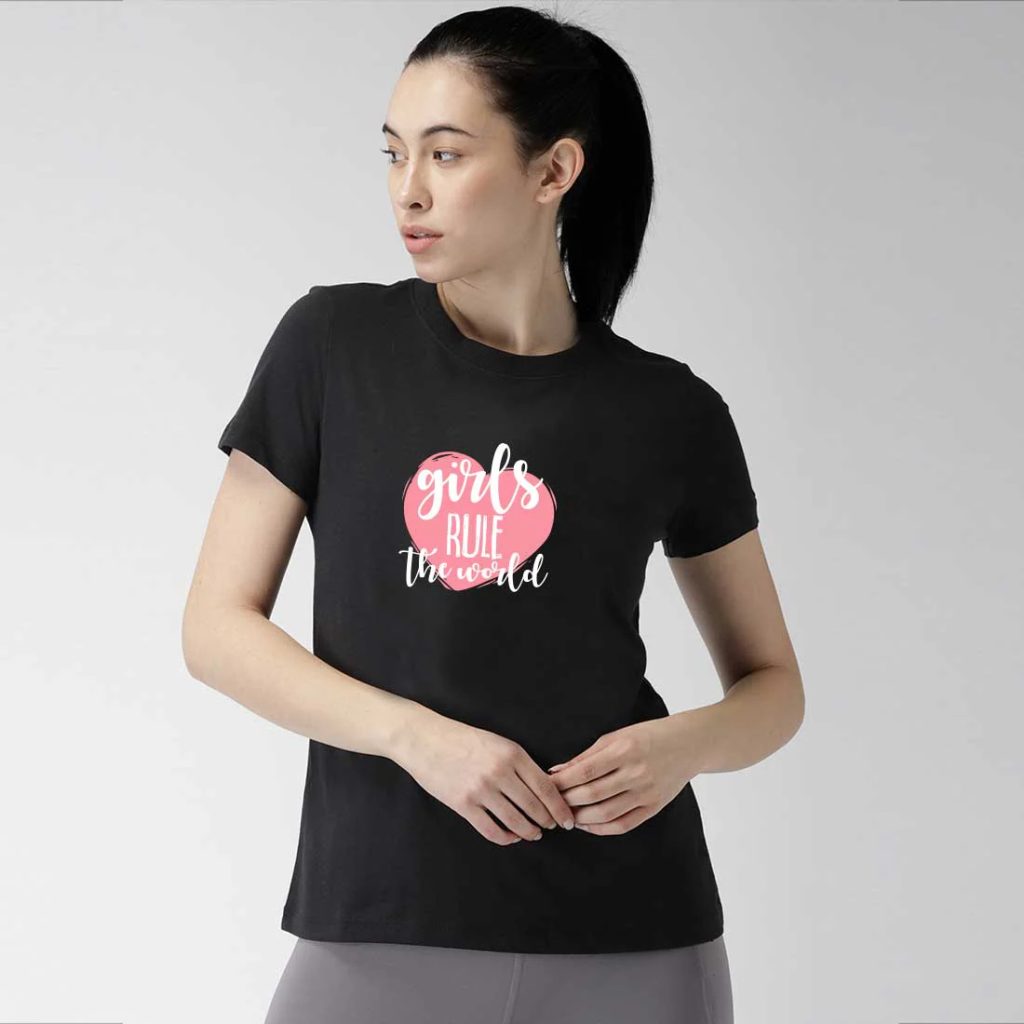
III. Global Fashion Trends: Influences and Inspirations
3.1 Cultural Fusion and Globalization:
T-shirt fashion trends are influenced by cultural fusion and globalization. Designers and brands draw inspiration from various cultures, melding traditional elements with modern aesthetics. This cultural exchange results in unique and vibrant t-shirt designs that celebrate diversity and resonate with individuals from all corners of the globe.
3.2 Streetwear and Urban Influence:
Streetwear has made a significant impact on t-shirt fashion around the world. Originating from urban fashion scenes, streetwear embraces a relaxed and casual aesthetic, often featuring bold graphics and oversized silhouettes. T-shirts are at the forefront of streetwear fashion, with their ability to blend comfort, style, and cultural references. This urban influence has permeated global t-shirt fashion, shaping trends and styles embraced by individuals of all backgrounds.
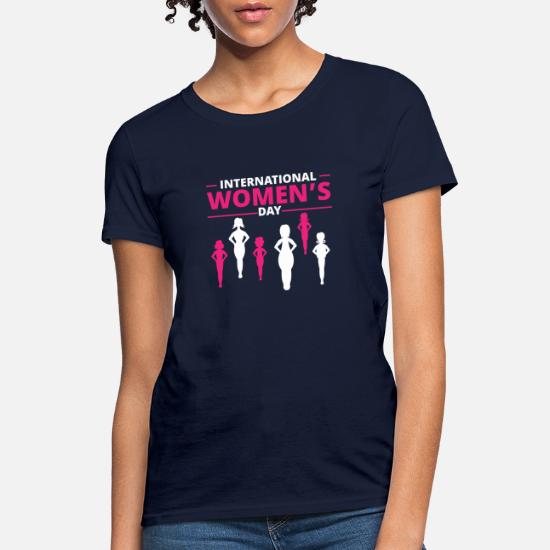
IV. Sustainable Production: Going Green with T-Shirts
4.1 Eco-Friendly Fabrics:
In recent years, the fashion industry’s focus on sustainability has extended to t-shirt production. Environmental concerns have led to the rise of eco-friendly fabrics, such as organic cotton, bamboo, and recycled polyester. These materials are grown and produced with minimal harm to the environment, reducing water usage and chemical pollution typically associated with conventional cotton production.
4.2 Ethical Production Practices:
Alongside sustainable fabrics, ethical production practices have become paramount. Brands are increasingly opting for fair trade and socially responsible manufacturing processes, ensuring workers’ rights and fair wages. By prioritizing ethical production, companies contribute to a more equitable and sustainable fashion industry.
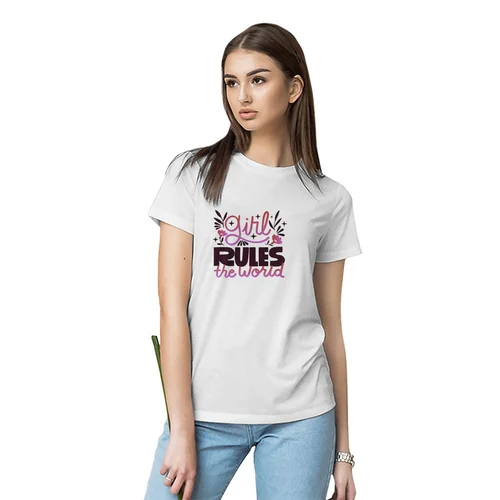
V. Cultural Significance: T-Shirt Graphics as Symbols
5.1 Pop Culture Phenomenon:
T-shirt graphics have transcended the realm of fashion and emerged as a cultural phenomenon in their own right. Icons and references from pop culture, including movies, music, sports, and art, often find their way onto t-shirts. These graphics capture the spirit of different eras, reflecting the zeitgeist and resonating with a wide range of individuals.
T-shirts featuring graphics from beloved movies or television shows allow fans to proudly display their affinity for specific characters or storylines. Music enthusiasts can wear t-shirts adorned with their favorite band’s album covers or lyrics, fostering a sense of shared appreciation and connection. Sports fans sport t-shirts bearing team logos or player names, showcasing their loyalty and passion. Artistic designs inspired by famous artworks or cultural movements make bold statements and spark conversations. These pop culture references on t-shirts create a bond among like-minded individuals and ignite a sense of community based on shared experiences and interests.
5.2 Cultural Identity and Pride:
T-shirt graphics play a crucial role in expressing cultural identity and fostering a sense of pride. Symbols, logos, and emblems associated with specific communities, ethnicities, or countries can be prominently displayed on t-shirts, serving as visual representations of cultural heritage.
For individuals from marginalized or underrepresented communities, wearing t-shirts with graphics representing their cultural background can be an empowering act of self-affirmation and celebration. These graphics not only signify the wearer’s connection to their roots but also showcase their heritage with pride. T-shirts featuring language scripts, traditional patterns, or historical symbols offer a way to reclaim and preserve cultural identity in a visually expressive manner.

VI. Future of T-Shirt Fashion: Unleashing Creativity
6.1 Sustainable Innovation:
The future of t-shirt fashion lies in sustainable innovation, with a focus on new environmentally friendly fabrics and production techniques. From experimenting with biodegradable materials to utilizing advanced textile technologies, the industry is continuously striving to reduce its ecological footprint while maintaining style and functionality.
6.2 Personalized Fashion:
Personalization will continue to shape the future of t-shirt fashion. Advancements in printing and manufacturing technologies will enable individuals to create highly customized t-shirts with ease. From on-demand printing to 3D and digital printing techniques, the possibilities for creative expression are endless. The future holds a world of personalized fashion where individuals can tailor t-shirts to their unique style, preferences, and body measurements.
In conclusion, t-shirts have evolved from humble beginnings to become a powerful fashion symbol, offering a platform for self-expression, cultural pride, and global fashion trends. They have become canvases for personal creativity and means to wear one’s identity on their sleeve. T-shirt fashion is adapting to sustainability standards, embracing ethical production and eco-friendly fabrics. The graphics on t-shirts hold cultural significance, representing shared experiences and cultural pride. The future of t-shirt fashion champions sustainability, innovation, and personalized design choices. As the world continues to change, the world of t-shirts will continue to adapt, creating opportunities for creativity, individuality, and cultural celebration.
